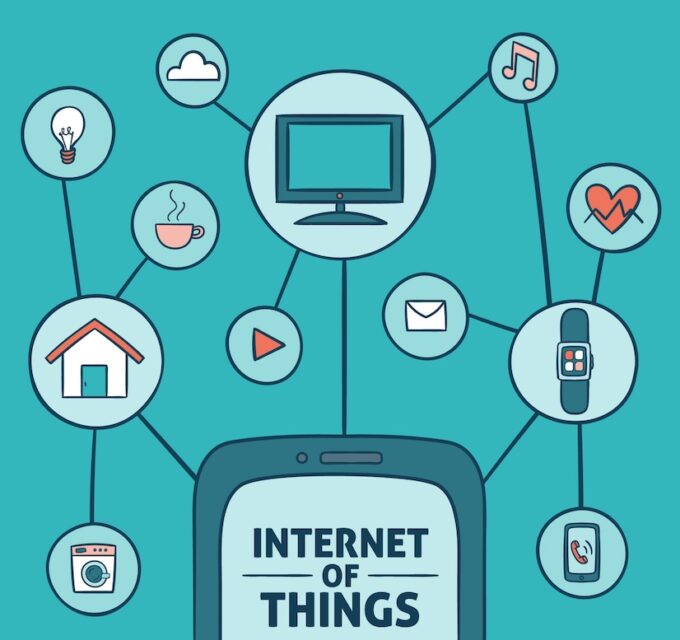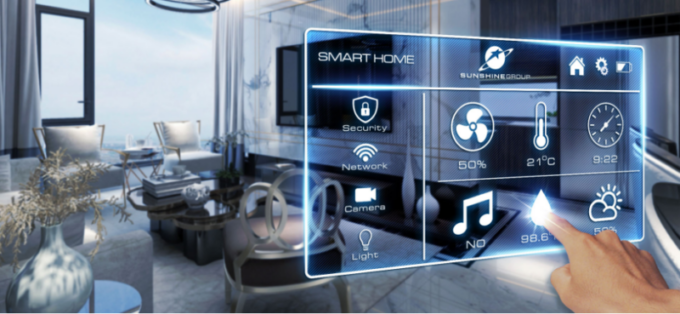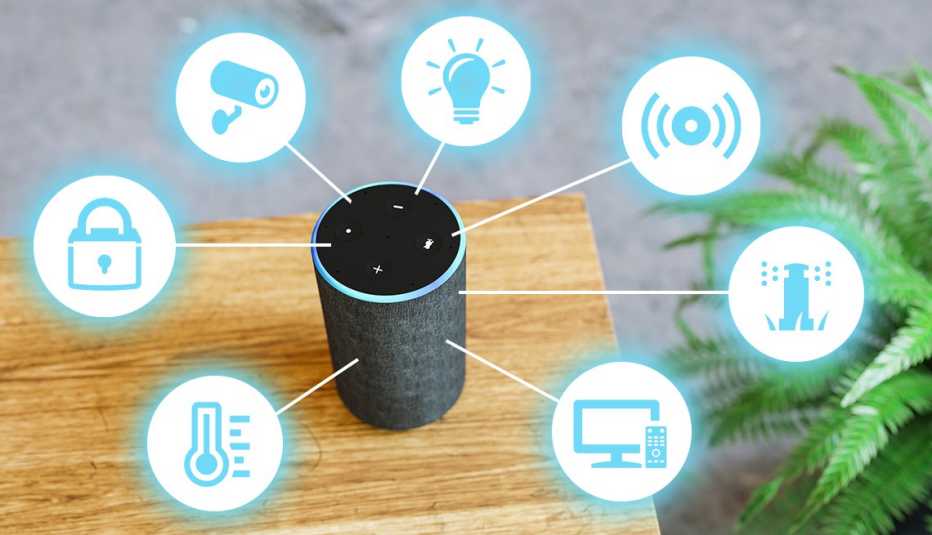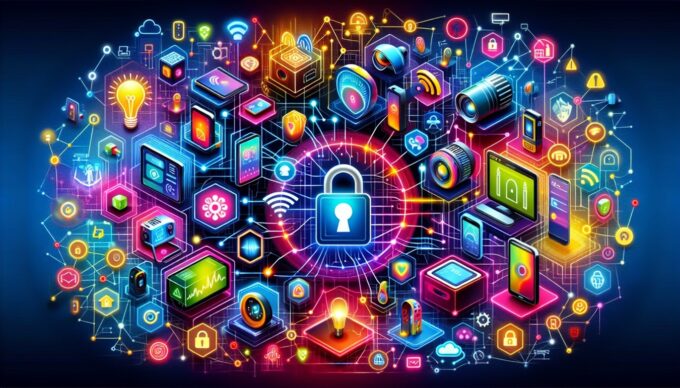You’ve likely noticed some cool gadgets popping up in homes and offices lately. Smart speakers, thermostats, security cameras; they are all examples of connected devices that are becoming increasingly common. Nevertheless, this is only the beginning. Brace yourself, as the “Internet of Things” is taking over!
What Is the Internet of Things?

The Internet of Things, or IoT, refers to all the physical devices and objects that are connected to the internet. This allows them to collect, share, and act on data in some way.
Your phone, laptop, and tablet are part of the IoT. But so are smart home devices like lightbulbs, locks, and appliances that you can control remotely. Wearable fitness trackers, connected cars, sensors monitoring machinery;they’re all joining the IoT party.
At its core, the IoT is about adding sensors, computing capabilities, and internet connectivity to everyday objects. This lets those “dumb” objects become smart and learn to do new tricks.
So What’s the Big Deal?
The true magic happens when all these connected devices start talking to each other and working together seamlessly. According to the experts over at Blues Wireless, IoT solutions have the potential to automate tasks, increasing efficiency and convenience in our lives.
For example, your smart speaker could sync with your lights, thermostat, and TV. With a simple voice command, you could dim the lights, lower the temperature, and cue up your favorite show – the perfect movie night setup.
Or imagine smart sensors in a manufacturing plant. They could monitor equipment performance in real-time, predicting maintenance needs before issues arise. This prevents costly downtime and improves operational efficiency.
Essentially, the IoT ecosystem gathers and shares data to help streamline processes and make more informed decisions. It’s creating smarter homes, buildings, cities, and industries.
The Connected Home of the Future

Let’s take a deeper look at what an IoT-enabled smart home could look like down the road:
Your morning starts with a smart speaker gently waking you up, sharing the day’s weather forecast and any conflicts on your calendar. As you head to the kitchen, the lights automatically turn on and adjust to your preferred brightness level.
The coffee maker has already started brewing based on your typical morning schedule. While you sip your java, you check which household supplies are running low on your smart fridge’s built-in screen and quickly re-order items with a tap.
Getting ready to leave, you use an app to remotely turn off the TV and any other devices still running. The thermostat adjusts to an energy-saving mode since no one’s home. As you pull out of the driveway, you get a notification that you left the garage door open – so you close it from your phone.
During the day, smart cameras inside and out keep an eye on things, notifying you of any movement or potential issues. Your home’s many interconnected devices are constantly sharing data, automating small tasks, and making adjustments on the fly to match your needs and routines.
It’s the kind of uber-connected, intelligent living environment that would have seemed like pure science fiction not too long ago. But for many households, it’s getting closer to reality each day.
Businesses Building Smarter Operations
The IoT revolution goes far beyond just homes and consumer tech. From manufacturing to retail and healthcare to agriculture, commercial IoT solutions are reshaping entire industries. Here’s how:
Factories are evolving into “smart factories”, with sensors monitoring every piece of equipment and production process in real time. This data helps optimize operations, reduce waste/downtime, and enable predictive maintenance.
Retailers use IoT insights gathered from cameras, smart shelves, supply chains, and more to get a 360-degree view of their operations, customer patterns, inventory levels, and other key metrics. This leads to smarter staffing, merchandizing, and operational decisions.
Connected medical devices make care delivery smoother, from remote patient monitoring to medication tracking and equipment location services. It helps streamline clinical workflows for happier patients and more efficient use of resources.
Precision agriculture harnesses data from sensors in fields, drones, and weather stations to fine-tune irrigation, fertilizing, and harvesting practices based on real conditions. This helps to boost yields and farm sustainability.
In each case, the ability to gather data straight from physical objects and places is a game changer. Integrating that data with other systems and processes really unlocks the insights and automation benefits of IoT solutions.
Tackling IoT’s Challenges
Despite its immense potential, there are some hurdles and growing pains to overcome:
Security and privacy risks are a major concern as more devices get connected. Hackers find new entry points to breach networks and systems. So robust cybersecurity and data protection are crucial.
Compatibility issues create headaches as apps and devices from different manufacturers need to communicate and integrate seamlessly. More universal standards and interoperability are needed.
Cost is a factor, as outfitting everything with smart sensors and connectivity adds up quickly, especially across large facilities. The upfront investment gives some companies pause.
Then there are more human elements, like getting teams on board with IoT-driven operational changes and ensuring they have the skills to manage these new systems and data streams.
While not insignificant, these challenges are far from showstoppers. As with past technological revolutions, creative solutions will emerge to maximize IoT’s benefits while mitigating risks.
Conclusion
The Internet of Things has the potential to reshape our world in some wonderfully convenient, efficient, and insightful ways, both at home and across enterprises.
While we still have work to do in integrating and securing millions of smart, connected devices, it’s no longer the stuff of sci-fi dreams.
From intuitive homes that practically run themselves, to businesses gaining a real-time unified view of their entire operations, IoT solutions are steadily becoming a reality. Embracing this smarter, seamlessly connected way of living and working is the way of the future. So get ready to kick back and let technology handle more mundane tasks and decisions for you.
It may take some getting used to. But in an IoT-powered world, you’ll have more time and mental energy to spend on what really matters most.










